Are you interested in the history and impact of religion? These are the top religion museums in North Rhine – Westphalia:
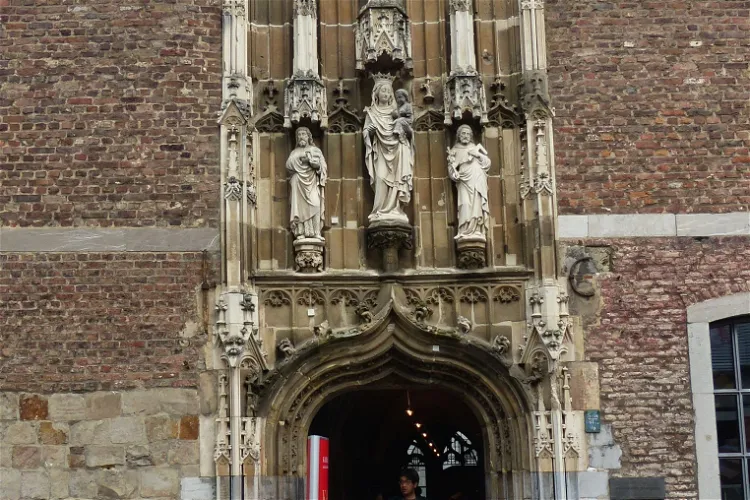
Aachen Cathedral Treasury
AachenThe Aachen Cathedral Treasury is recognized as one of the most significant ecclesiastical treasures in Europe. It houses a unique collection of precious objects from the Middle Ages, reflecting the rich history and cultural heritage of the region. Visitors can explore this vast collection, which offers a glimpse into the religious, artistic, and cultural practices of the past.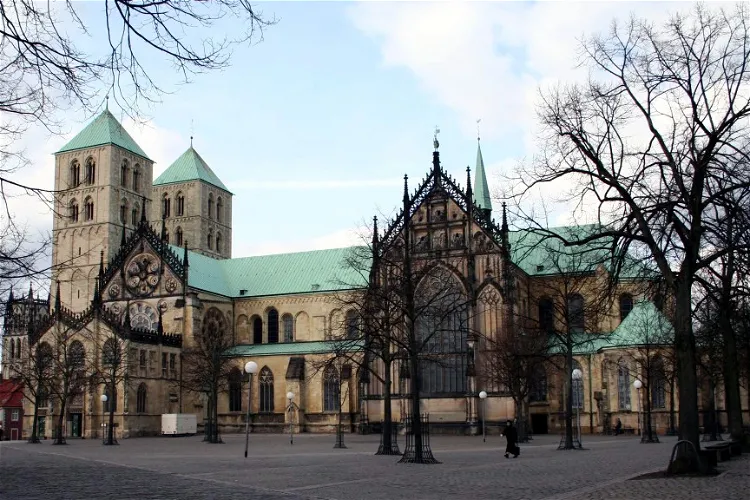
St. Paul's Cathedral, Münster
MünsterSt. Paul's Cathedral, also known as St.-Paulus-Dom, is a significant monument in the city of Münster, Germany. It stands as a testament to the city's rich history and architectural prowess. The cathedral's grandeur and prestige make it a notable point of interest for tourists visiting Münster.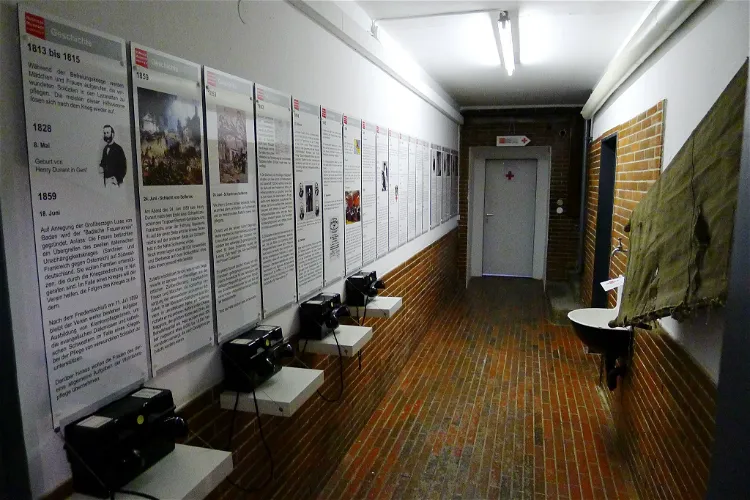
Rotkreuz-Museum vogelsang ip
SchleidenThe Red Cross Museum vogelsang ip, located in the former NS-Ordensburg Vogelsang, is one of the largest Red Cross museums in Europe. It spans over 600 m² of usable space and 550 m² of exhibition space across two floors. The museum provides an overview of the worldwide humanitarian aid of the Red Cross, showcasing the organization's significant contributions to global relief efforts.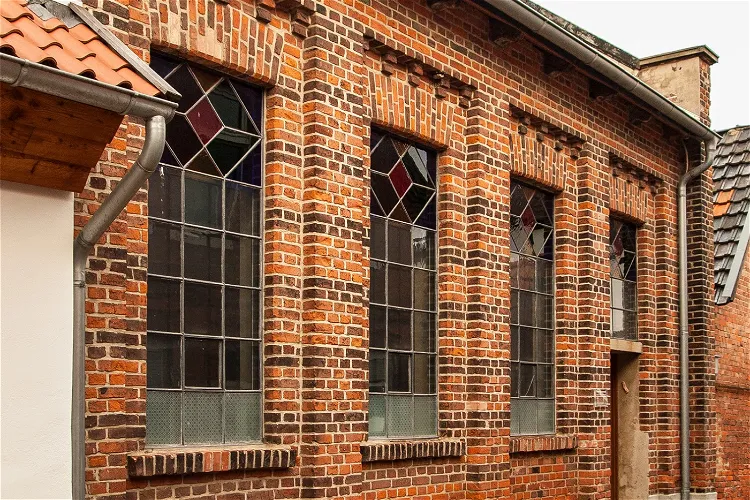
Alte Synagoge Petershagen
PetershagenThe Alte Synagoge Petershagen is a significant historical site located at Goebenstraße in Petershagen, in the district of Minden-Lübbecke, North Rhine-Westphalia. This protected monument offers a glimpse into the rich Jewish history of the region and stands as a testament to the resilience of the Jewish community.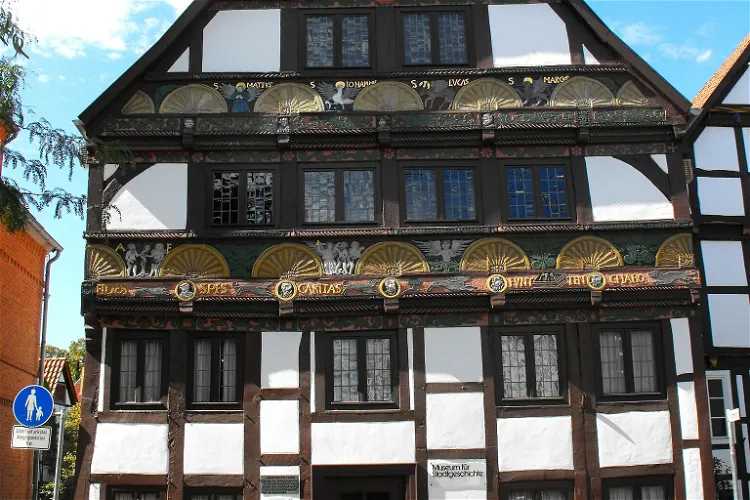
Adam- und Eva-Haus
PaderbornThe Adam-und-Eva-Haus, situated at Hathumarstraße 7, is recognized as one of the oldest and most intricately decorated half-timbered houses in Paderborn that still stands today. This three-story gabled house, built around 1560, is particularly known for its rich carvings on the friezes of the gable front. The most impressive of the three ornamental and figurative friezes is the lower one, which gave the house its name. It tells the story of Adam and Eve's fall from grace, from left to right, ending with their expulsion from paradise.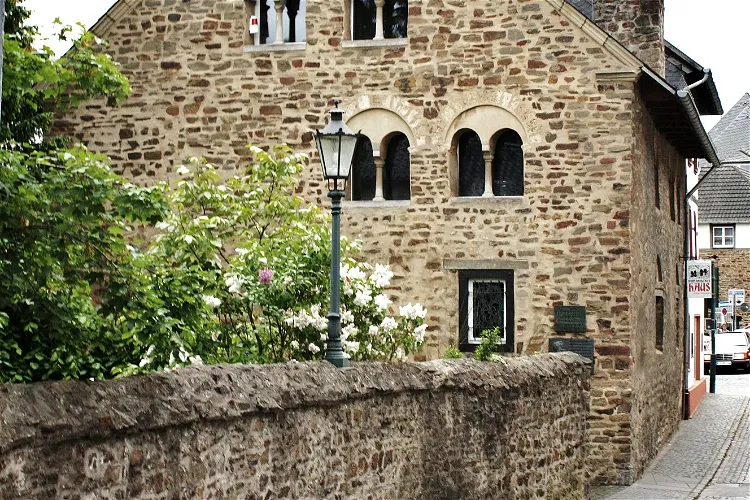
Hürten Heimatmuseum
Bad MünstereifelThe Hürten Heimatmuseum is situated in the charming town of Bad Münstereifel, in the Euskirchen district of North Rhine-Westphalia. This location offers visitors the opportunity to explore the rich history and culture of the region, while also enjoying the natural beauty and tranquility of the surrounding area.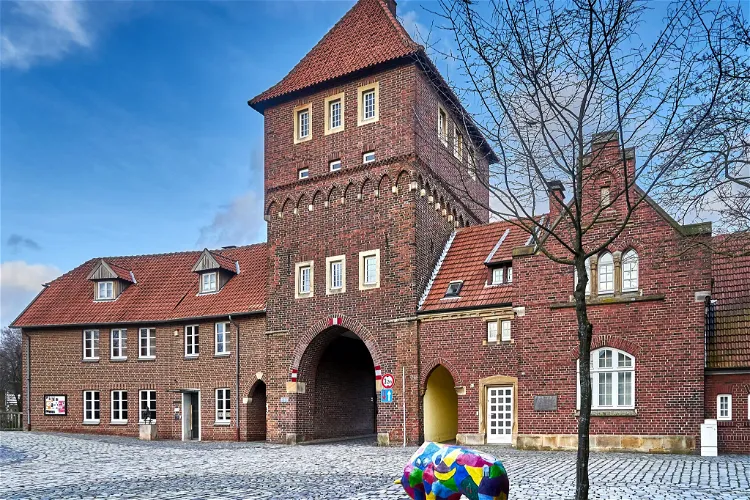
Walkenbrückentor
CoesfeldThe Walkenbrückentor is not just a historical monument, but also a cultural hub. Since 1988, it has been home to the Municipal Tower Gallery and the City Museum. The museum was thoroughly renovated and redesigned before its reopening under the name 'Das Tor' on January 29, 2012. It offers a unique insight into the city's history and culture.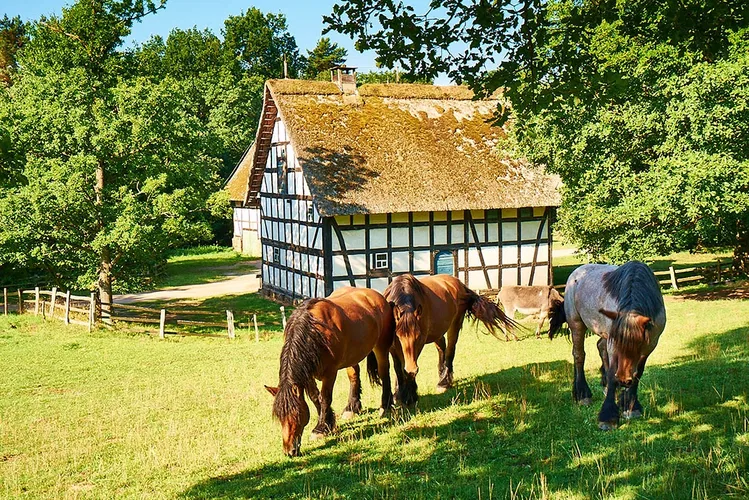
Kommern Open Air Museum
MechernichThe Kommern Open Air Museum, located in Kommern/Eifel, is recognized as one of the largest open air museums in Europe. It spans an impressive area of over 95 hectares and showcases approximately 67 historic buildings that originate from the Prussian Rhine Province. The museum is operated by the Rhineland Regional Association (Landschaftsverband Rheinland, LVR).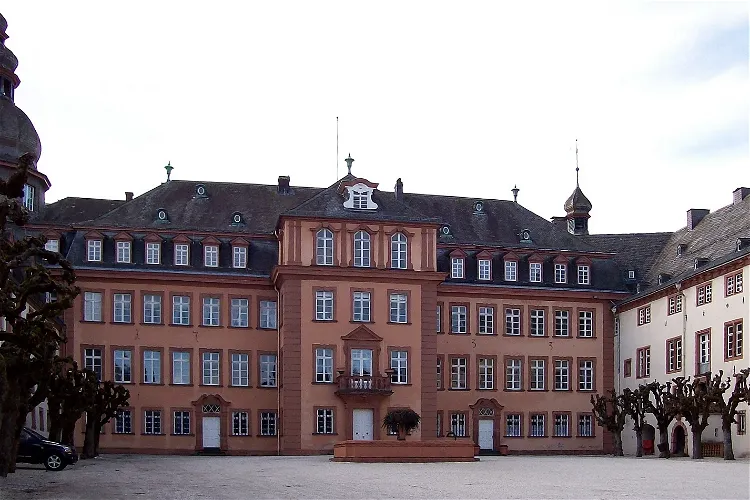
Schloss Berleburg
Bad BerleburgSchloss Berleburg, situated in the rural town of Bad Berleburg in Germany, is the official residence of the Princes of Sayn-Wittgenstein-Berleburg. This historic castle, with a history spanning over 600 years, is currently occupied by Gustav, the 7th Prince of Sayn-Wittgenstein-Berleburg. The castle's rich history and its royal residents make it a fascinating destination for tourists interested in history and royalty.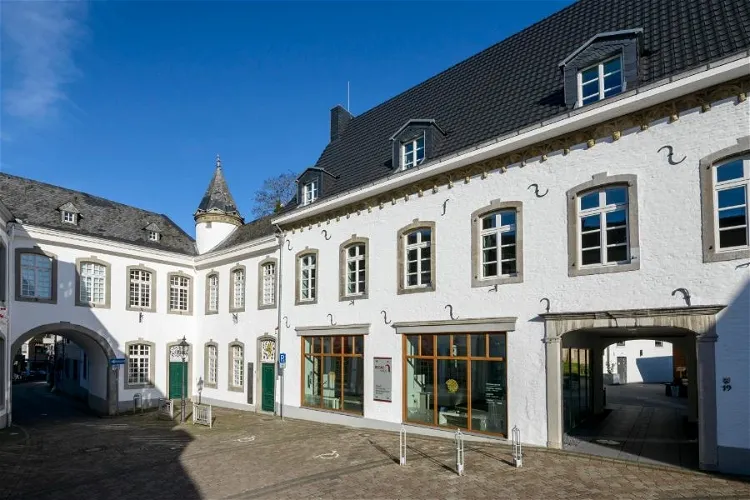
BEGAS HAUS - Museum für Kunst- und Regionalgeschichte Heinsberg
HeinsbergThe Begas Haus is the Museum for Art and Regional History in Heinsberg. It is named after the Begas family, a lineage of artists who were active over four generations. The patriarch of the family, Carl Joseph Begas, was born in Heinsberg in 1794. The museum is a testament to the family's artistic legacy and the regional history of Heinsberg.
Icon Museum Recklinghausen
RecklinghausenThe Icon Museum in Recklinghausen, established in 1956, holds a significant place in Western Europe as it is the most prominent of its kind in the region. This museum is a testament to the rich cultural and historical heritage of the area, offering visitors a unique opportunity to explore and appreciate the art of iconography.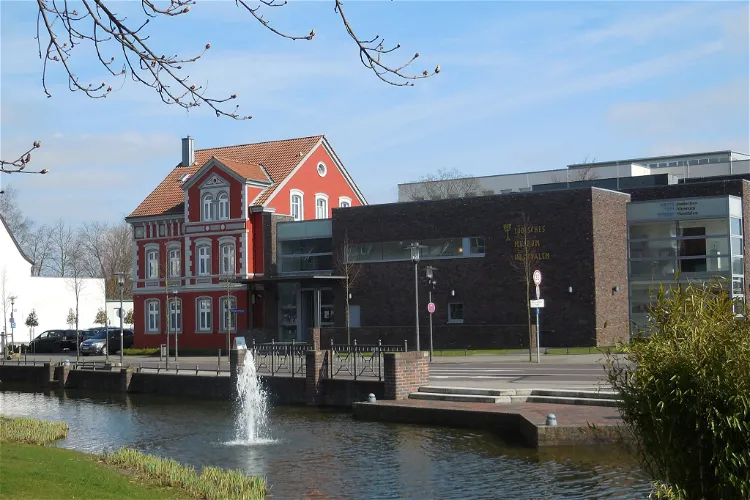
Jewish Museum of Westphalia
DorstenThe Jewish Museum of Westphalia in Dorsten is a cultural institution that showcases the religion and culture of Jews in Germany, with a special focus on the history of Judaism in Westphalia. The museum provides a comprehensive insight into Jewish life, traditions, and history, making it a valuable destination for those interested in understanding the Jewish heritage in this region.
Kolumba
CologneKolumba is an art museum in Cologne. The museum is one of the oldest museums in Cologne and is located on the site of the former St. Columba church. The museum holds and exhibits a collection paintings, drawings, prints, sculptures, decorative art and religious icons from Late Antiquity to contempor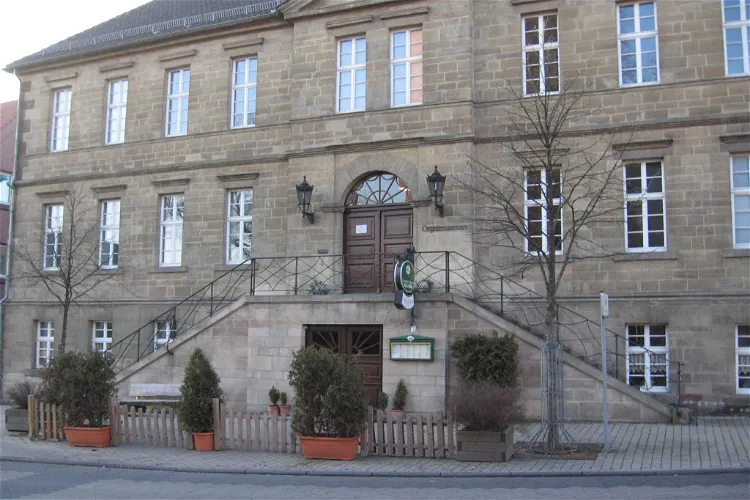
Orgelmuseum
BorgentreichThe Orgelmuseum Borgentreich, established in 1980, holds the distinction of being the first organ museum in Germany. This historical significance adds to the unique charm of the museum, making it a noteworthy destination for those interested in music and history.
Anna Katharina Emmerickhaus
CoesfeldThe Anna-Katharina-Emmerick-Haus is a significant site as it is a reconstruction of the birthplace of the blessed Anna Katharina Emmerick. It serves as a museum-like memorial site, offering visitors a glimpse into the life and times of this revered figure. The house is located at the original site, adding to its historical authenticity.
Museum Forum der Völker
WerlThe Forum der Völker in Werl holds the title of being the largest ethnological museum in Westphalia, and its extensive collection makes it one of the most significant ethnological museums in Germany. This museum, previously a mission museum, was maintained by the Franciscans of the Werl Monastery until its closure in 2019. It houses approximately 11,000 exhibits, the majority of which were collected as part of the order's missionary activities. The museum was opened on May 1, 1962, and has since undergone several renovations and expansions.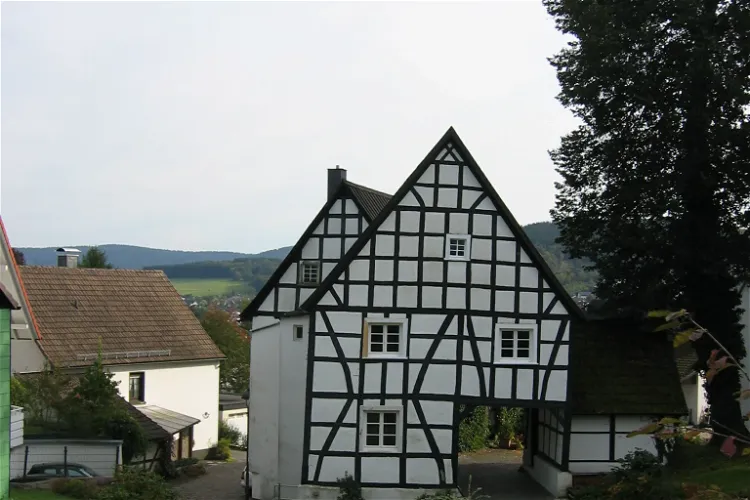
Heimatmuseum Spieker
HerscheidThe Spieker is one of the oldest buildings in Herscheid, a fact that adds to its historical significance. The name 'Spieker' translates to 'storage', which is indicative of its original purpose. This building was used by the church to store natural goods, making it a significant part of the town's history.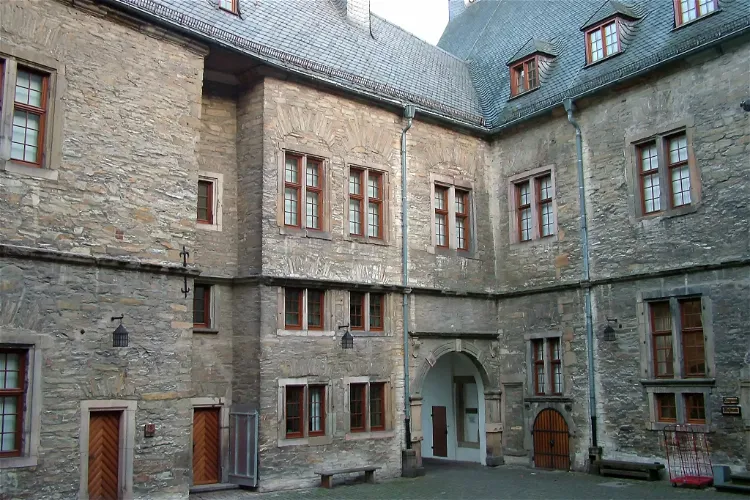
Wewelsburg District Museum
BürenWewelsburg is a Renaissance castle situated in the village of the same name in Nordrhein-Westfalen, Germany. The castle is surrounded on three sides by the village, which is now part of the city of Büren. The castle was built in its current form between 1603 and 1609 as the second home to Prince-Bishop Dietrich von Fürstenberg. Today, the castle appears as a remodeling and inclusion of earlier buildings on the site, with the first buildings erected as early as the 8th and 9th centuries.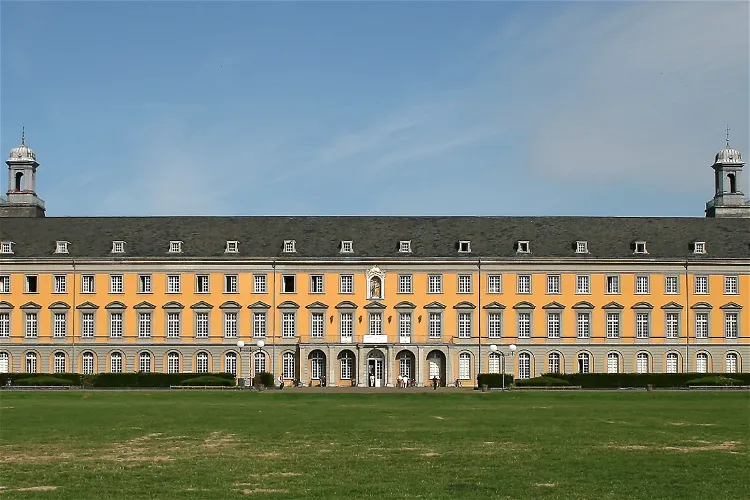
Bonn Egyptian Museum
BonnThe Egyptian Museum of the University of Bonn is a part of the University of Bonn. It showcases a collection of original artifacts from Ancient Egypt, providing visitors with a unique opportunity to explore the rich history and culture of one of the world's oldest civilizations.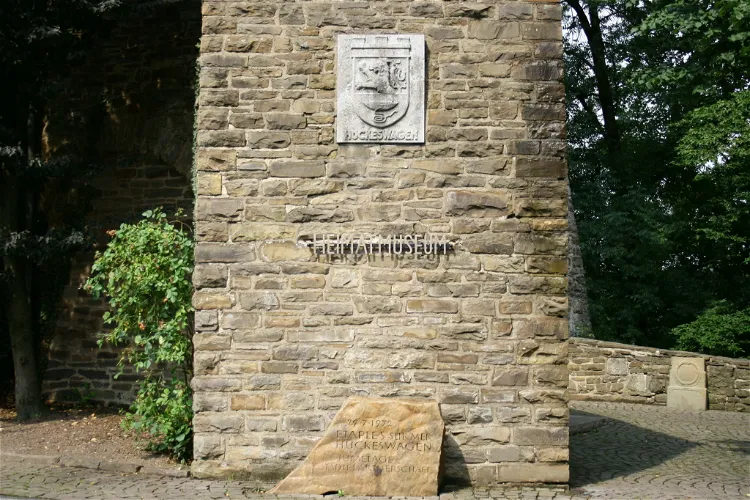
Heimatmuseum Hückeswagen
HückeswagenThe Heimatmuseum Hückeswagen is situated in the eastern hall building of the Hückeswagen Castle. This location adds a historical charm to the museum, making it a unique destination for tourists interested in history and architecture.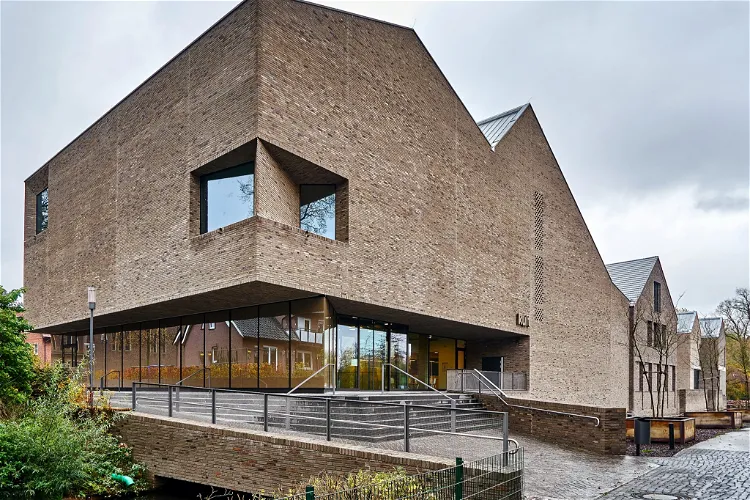
Kulturhistorische Zentrum Westmünsterland
VredenThe Kulturhistorische Zentrum Westmünsterland, also known as kult, is a multi-faceted institution located in the city of Vreden, under the jurisdiction of the Borken district. This center is home to a museum, the Landeskundliche Institut Westmünsterland, the district archive, and the city archive of Vreden. In addition to these, it also houses seminar rooms, the Landeskundliche library, and a reading room. This makes it a comprehensive hub for cultural and historical exploration.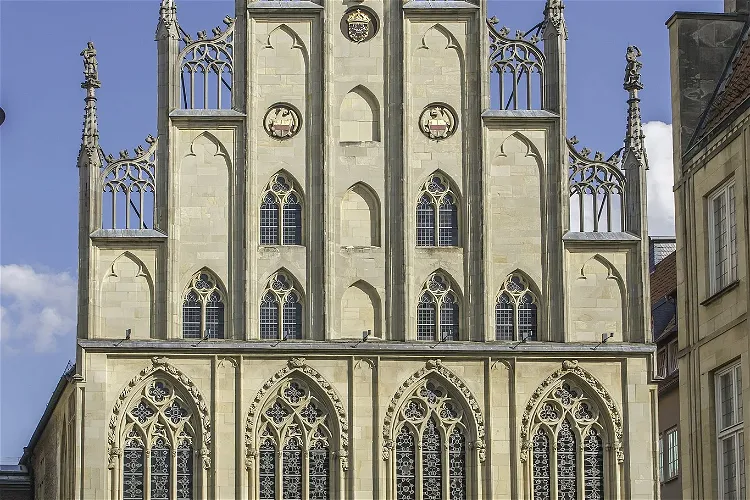
Historical City Hall of Münster
MünsterThe Historical City Hall of Münster, located in Prinzipalmarkt street, is a significant landmark in Münster, Germany. It has been the historic seat of the mayor and the city council for centuries. This Gothic-style building from the 14th century was destroyed at the end of World War II and was subsequently rebuilt. Today, it stands as a testament to the city's rich history and architectural heritage.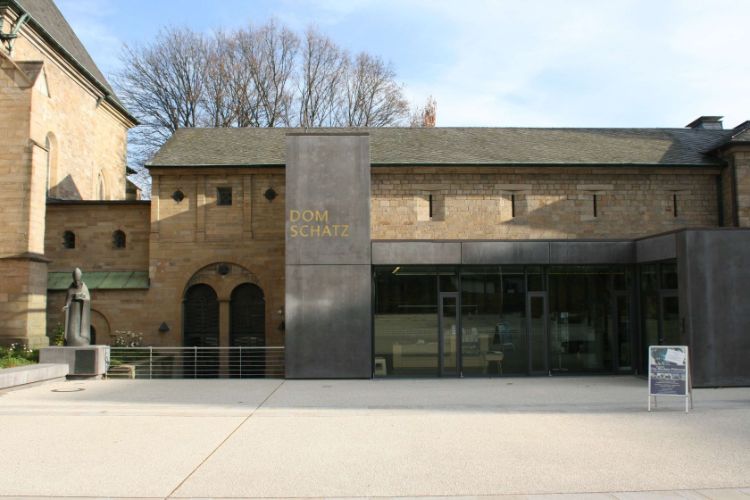
Domschatzkammer Essen
EssenThe Essener Domschatz is one of the most important collections of ecclesiastical art in Germany. The dom treasure goes back to the treasure of the former Essen Abbey, which after the secularization of the abbey in 1803 became the property of the associated parish. The collection is unique in that it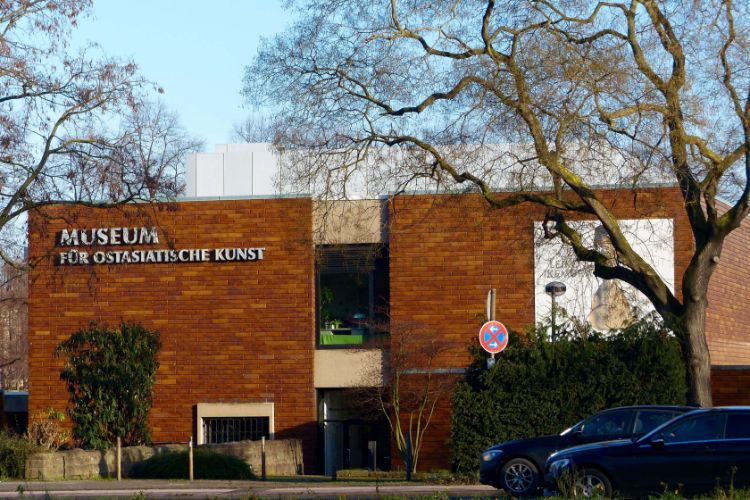
Museum fur Ostasiatische Kunst
CologneThe Museum für Ostasiatische Kunst (Museum of East Asian Art) is a museum in Cologne that specializes in East Asian art that started off with the collection of Adolf Fischer (1856 - 1914) and his wife Frieda (1874 - 1945). The museum houses the most important collection of art from China, Korea and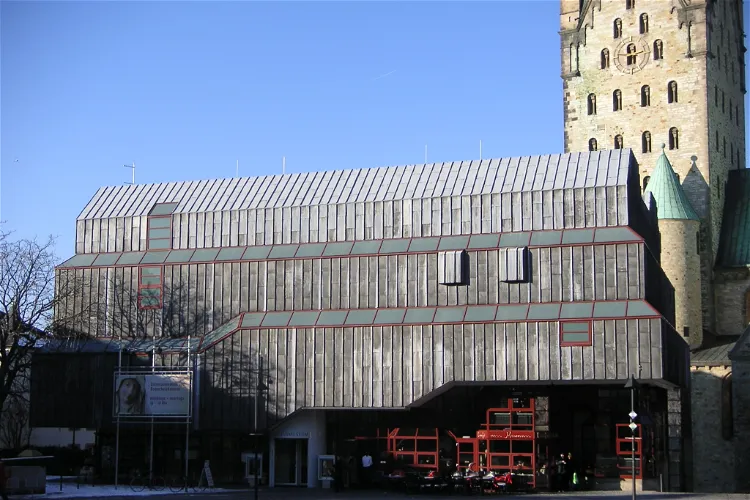
Diözesanmuseum
PaderbornThe museum is home to one of the most comprehensive and important collections of Christian art in Germany. With over 12,000 works that span around 1,000 years, visitors can immerse themselves in a rich tapestry of religious art and history. The collection includes sculpture and goldsmith art from the Romanesque to the Baroque period.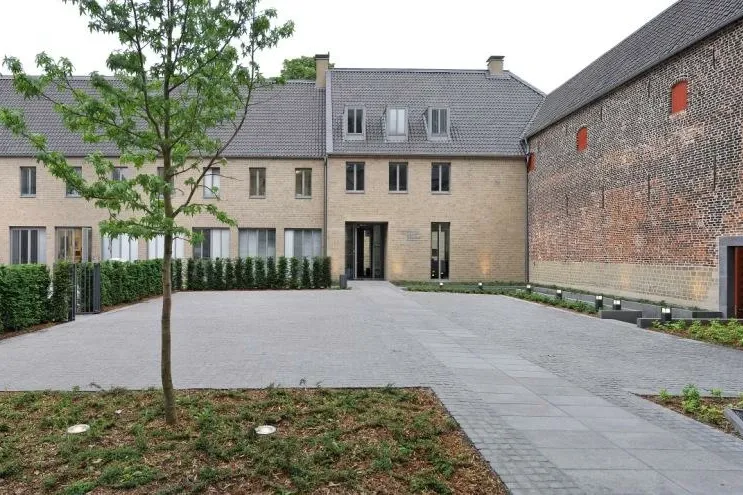
StiftsMuseum Xanten
XantenThe StiftsMuseum Xanten is a church museum that houses a rich collection of artifacts. This includes the church treasure of the Xanten St. Viktor Church and other significant testimonies of regional history. The museum provides a unique opportunity to explore the religious and cultural heritage of the region.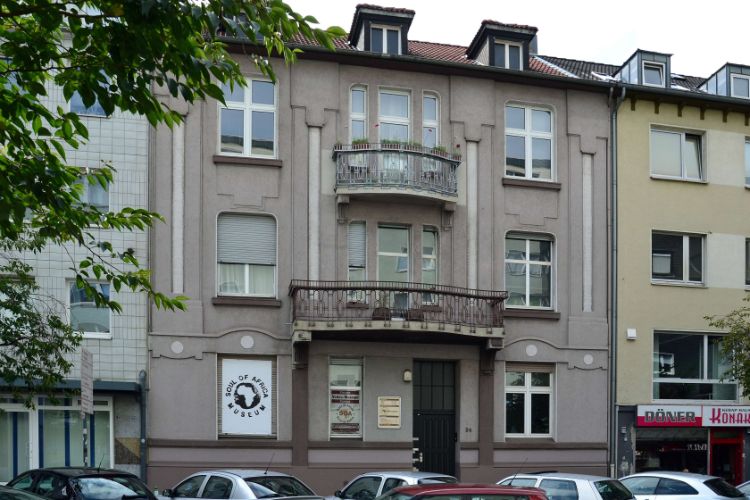
Soul of Africa Museum
EssenThe Soul of Africa Museum (SOA) is a museum of African art in Essen. The focus of the museum is on voodoo, healing and the veneration of the dead in West Africa. Owner and curator of the museum is the ethnologist, photojournalist and filmmaker Henning Christoph. The collection of the museum includes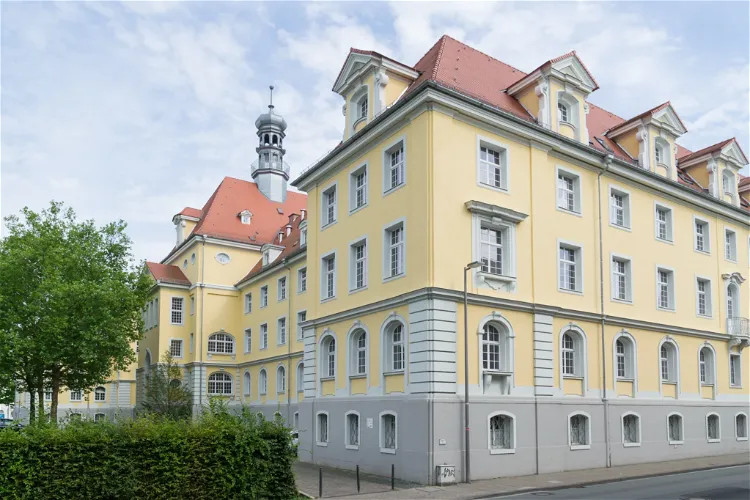
Zellentrakt Gedenkstätte
HerfordThe Zellentrakt Memorial in Herford is a significant site dedicated to the victims of National Socialism. Established in 2005, the memorial is located in the former detention rooms of the police, which were in use from 1917. These rooms are situated in the basement vaults of the Herford Town Hall, adding a historical dimension to the memorial.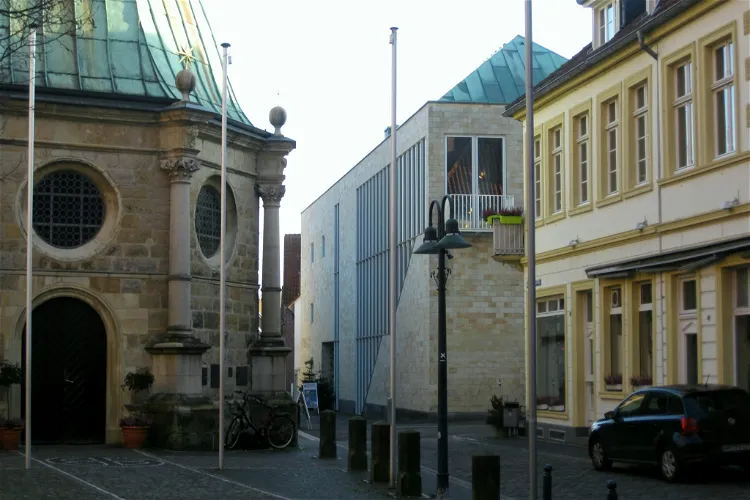
Religio - Westphalian Museum of Religious Culture
TelgteThe RELíGIO – Westfälisches Museum für religiöse Kultur in Telgte is a museum that primarily focuses on the religiosity of people in Westphalia, both in history and in the present. It provides a unique insight into the religious culture of the region, making it an interesting destination for those interested in history, culture, and religion.
Niederrheinisches Museum für Volkskunde und Kulturgeschichte
KevelaerThe Niederrheinisches Museum Kevelaer e.V. is situated in the pilgrimage city of Kevelaer, making it a significant cultural landmark in the region. It is one of the largest museum buildings in the Lower Rhine region, offering a comprehensive insight into the folkloric, cultural, and artistic history of the area.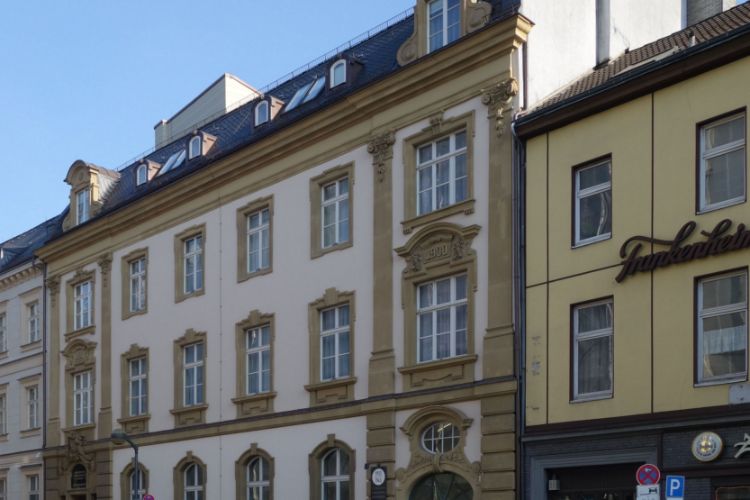
Mahn- und Gedenkstätte Düsseldorf
DüsseldorfThe new permanent exhibition of the memorial and memorial site, Mahn- und Gedenkstätte, deals with the topic "Dusseldorf children and young people under National Socialism". Through selected biographies, it is examined how children and adolescents behaved during the period of National Socialism, how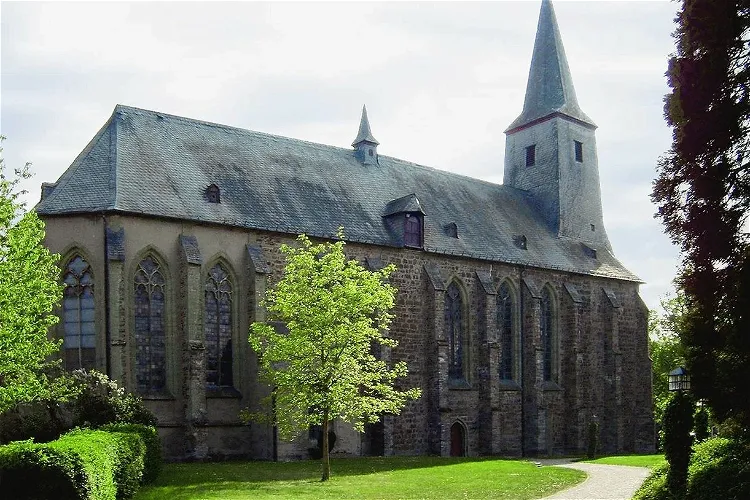
Klostergartenmuseum Oelinghausen
ArnsbergThe Oelinghausen Monastery, situated in Arnsberg, Germany, has a rich history dating back to around 1174. Initially, it was established as a double monastery, which means it housed both monks and nuns. However, it later evolved into a Premonstratensian monastery, a religious order known for its commitment to community living, self-sufficiency, and hospitality.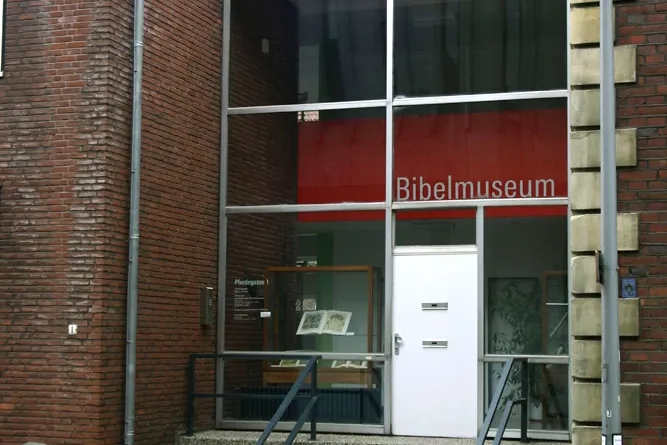
Bible Museum Münster
MünsterThe Bible Museum of the University of Münster is recognized as the most comprehensive museum dedicated to the history of the Bible in Germany. It offers a unique opportunity for visitors to delve into the rich history and evolution of the Bible through its extensive collection.
Koenraad-Bosman-Museum
ReesThe Koenraad-Bosman-Museum, located in the Lower Rhine city of Rees, is a two-story, five-axis building that was formerly known as the Keim house. This historical building, which was constructed around 1850, now serves as a museum for art and city history.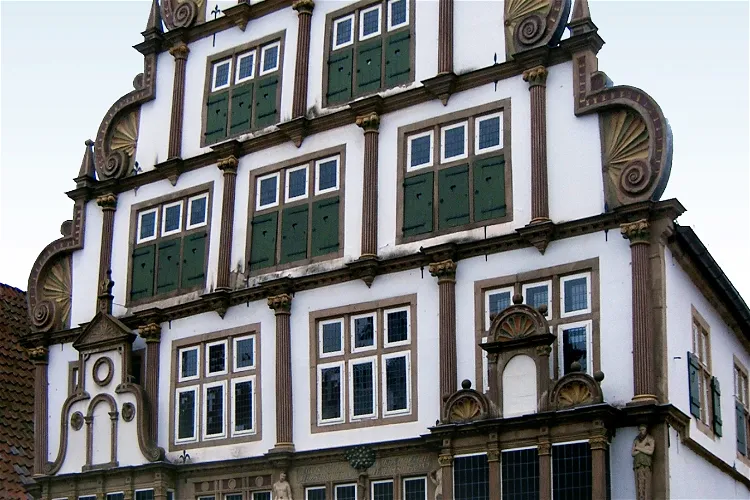
Museum Hexenbürgermeisterhaus
LemgoThe Hexenbürgermeisterhaus in Lemgo is a historical building that now serves as a museum. It was named after Hermann Cothmann, a mayor and jurist who lived in the house from 1667 to 1683. Cothmann was known for his role in the witch trials in Lemgo, earning him the reputation of a witch hunter.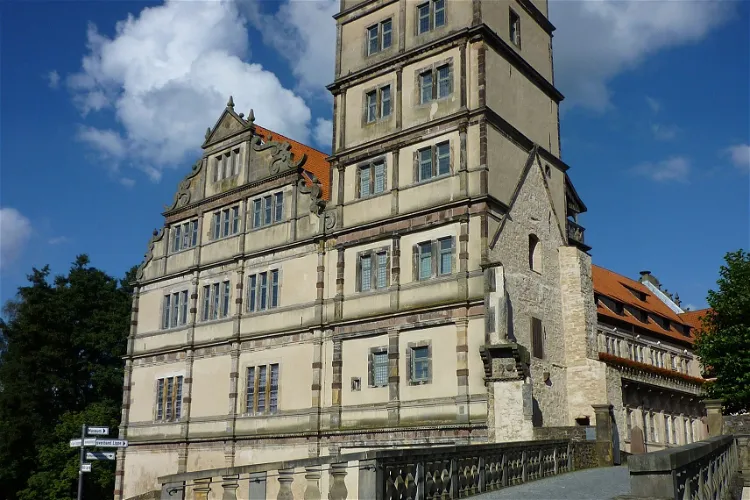
Weserrenaissance-Museum
LemgoThe Weserrenaissance-Museum, which opened its doors in 1986, is a unique institution dedicated to the art and cultural history of the 16th and early 17th centuries in Northern and Western Germany. It is situated in the historic Schloss Brake in Lemgo, North Rhine-Westphalia. The museum offers a deep dive into the Renaissance period, showcasing the cultural richness and artistic achievements of the era.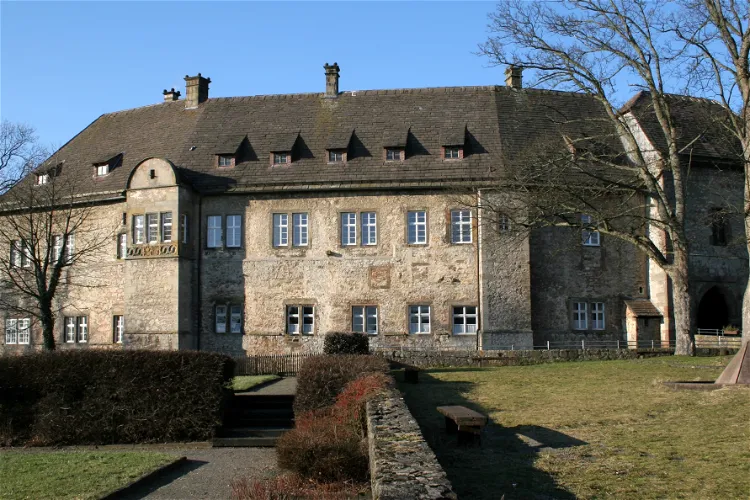
Burg Dringenberg
Bad DriburgBurg Dringenberg is a significant historical site located in Dringenberg, in the Höxter district of North Rhine-Westphalia. This medieval castle was one of the most important national castles of the Paderborn bishopric, playing a crucial role in the region's history. Visitors can explore the castle's robust defensive wall and tower, known as the 'Hungerturm', and enjoy the panoramic views of the valley below.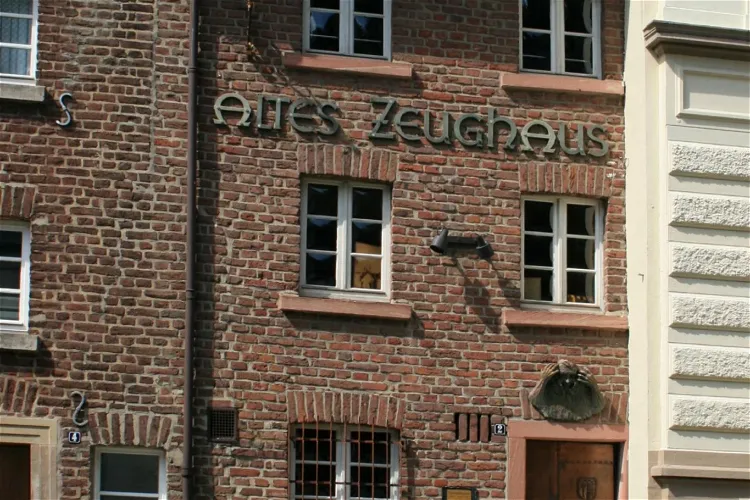
Karnevalsmuseum, Altes Zeughaus eV
MönchengladbachThe Karnevalsmuseum Altes Zeughaus is situated in the Gladbach district of Mönchengladbach, at Weiherstraße 2. This building, which dates back to the 18th century, is a significant part of the city's history and architecture. It's a unique destination for those interested in historical buildings and the local culture of Mönchengladbach.
Heimatmuseum Waltrop
WaltropThe Heimatmuseum Waltrop, a museum dedicated to the local history of Waltrop, has been situated in the Riphaushof since 1996. This location provides a unique setting for the museum, which showcases the rich history of the area.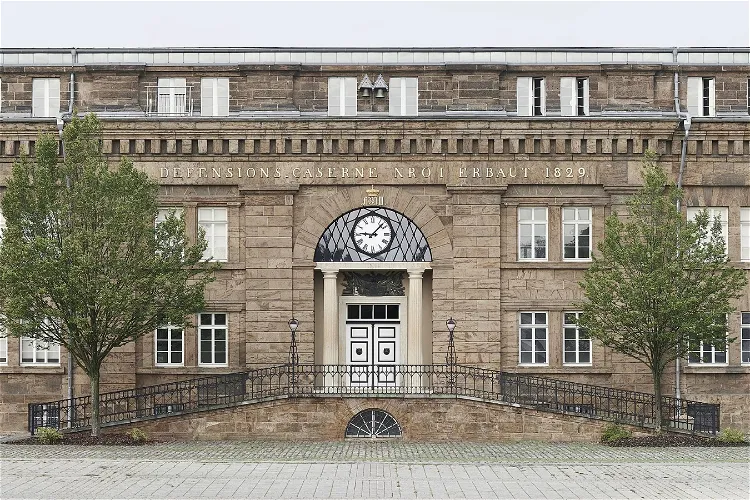
LWL-Preußenmuseum Minden
MindenThe LWL-Preußenmuseum Minden is a historical museum situated in the city of Minden, North Rhine-Westphalia, Germany. It offers a deep dive into the history of Prussia, with a focus on its influence in Westphalia. The museum is housed in the former Defensionskaserne, a fortress in Minden, which adds to the historical significance of the museum.- 41
Wiedenbrücker Schule Museum
Rheda-WiedenbrückThe Wiedenbrücker Schule is a term that refers to the flourishing art and craft of Historicism that took place in Rheda-Wiedenbrück, North Rhine-Westphalia, and its surrounding areas in the 19th and early 20th centuries. This period saw a local network of workshops with complementary specializations, primarily producing ecclesiastical art. - 42
Geschichtswerkstatt
ZülpichThe Geschichtswerkstatt Zülpich is a museum dedicated to the history of the city of Zülpich. It provides a comprehensive overview of the city's past, making it an interesting destination for those interested in history and culture.